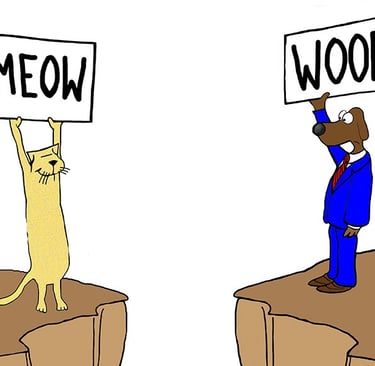Effective Communication & Overcoming Cultural Barriers in Vietnam's Furniture Industry
When sourcing furniture from Vietnam, technical expertise and product pricing are only part of the success equation. Misunderstandings often occur not due to lack of skill, but because of differences in communication style, expectations, and cultural norms. Managing these well can drastically improve project outcomes.
2/14/20252 min read
Effective Communication & Overcoming Cultural Barriers in Vietnam's Furniture Industry
When sourcing furniture from Vietnam, technical expertise and product pricing are only part of the success equation. Misunderstandings often occur not due to lack of skill, but because of differences in communication style, expectations, and cultural norms. Managing these well can drastically improve project outcomes.


The Pain Point: Communication Gaps That Affect Execution
While English is increasingly used in international business, language barriers still persist, especially in technical conversations about furniture design, materials, tolerances, and production schedules.
But it goes beyond language:
Indirect Communication: In Vietnamese culture, people often avoid saying "no" directly. They may say "yes" to maintain harmony, even if they’re unsure.
Hierarchy & Authority: Junior staff may not feel comfortable questioning decisions or admitting confusion to foreign clients.
Face saving Culture: Admitting mistakes or saying something is not possible may be seen as losing face, so issues can go unspoken until they cause serious delays.
These dynamics can cause:
Misinterpretation of design specifications
Delayed feedback loops
Misaligned expectations about timelines or capabilities
Incorrect assumptions that everything is “fine” when problems are brewing
The Solution: Build a Cross Cultural Communication System
1. Hire a Trusted Bilingual Partner or Local Agent
Choose someone who understands both Western expectations and Vietnamese business customs.
A good sourcing agent or project coordinator can interpret tone, not just words.
They’ll help flag red flags early, such as overly agreeable responses that may mask misunderstandings.
Tip: This person doesn’t have to be internal staff, they can be a contractor or third-party service with experience in the furniture trade.
2. Use Clear, Multilingual Documentation
Provide bilingual documents. English and Vietnamese versions of specs, invoices, and agreements.
Use visual aids: Technical drawings, exploded views, and sample photos are extremely helpful.
For furniture, include:
Dimensions (metric + imperial)
Material specifications (e.g., MDF CARB P2, FSC oak)
Finishing instructions (stain tone, varnish type, VOC compliance)
Hardware fittings
Assembly requirements
Tip: Don’t rely only on text, annotated photos, sample videos, and renderings go a long way.
3. Clarify and Confirm Understanding
Ask your vendor to repeat back key requirements to confirm understanding.
Use open ended questions like:
“How do you plan to execute this part?”
“Which material do you think works best for this function?”Don’t assume that “yes” means approval or capability.
Tip: Schedule milestone check-ins (e.g., after first prototype, during first packing run) for clarification.
4. Build Relationships. Not Just Transactions
Vietnam values long term, trust based relationships over transactional deals.
Make time to visit factories, share meals, and get to know owners and key team members.
A strong relationship can lead to:
Better prioritization of your orders
More willingness to solve unexpected problems
Easier negotiation on timelines or pricing
Tip: If you can’t visit regularly, send someone local you trust to “keep the connection warm.”
5. Adapt Your Communication Style
Avoid overly direct language like:
“You’re wrong” or “Why did you do this?”
These may be interpreted as confrontational or rude.Instead, reframe in a problem-solving tone:
“Let’s look at this part again, maybe we can improve the alignment?”Be patient and allow time for discussion, especially when introducing new designs or workflows.
Effective communication with Vietnamese suppliers isn’t just about language, it’s about cultural intelligence, clarity, and building trust. When done right, you’ll not only avoid costly misunderstandings but also unlock smoother collaboration, faster production, and better-quality results.
Company
Vietnam
reiphan2123@gmail.com
+84 - 0902 984 853
© 2025. All rights reserved.